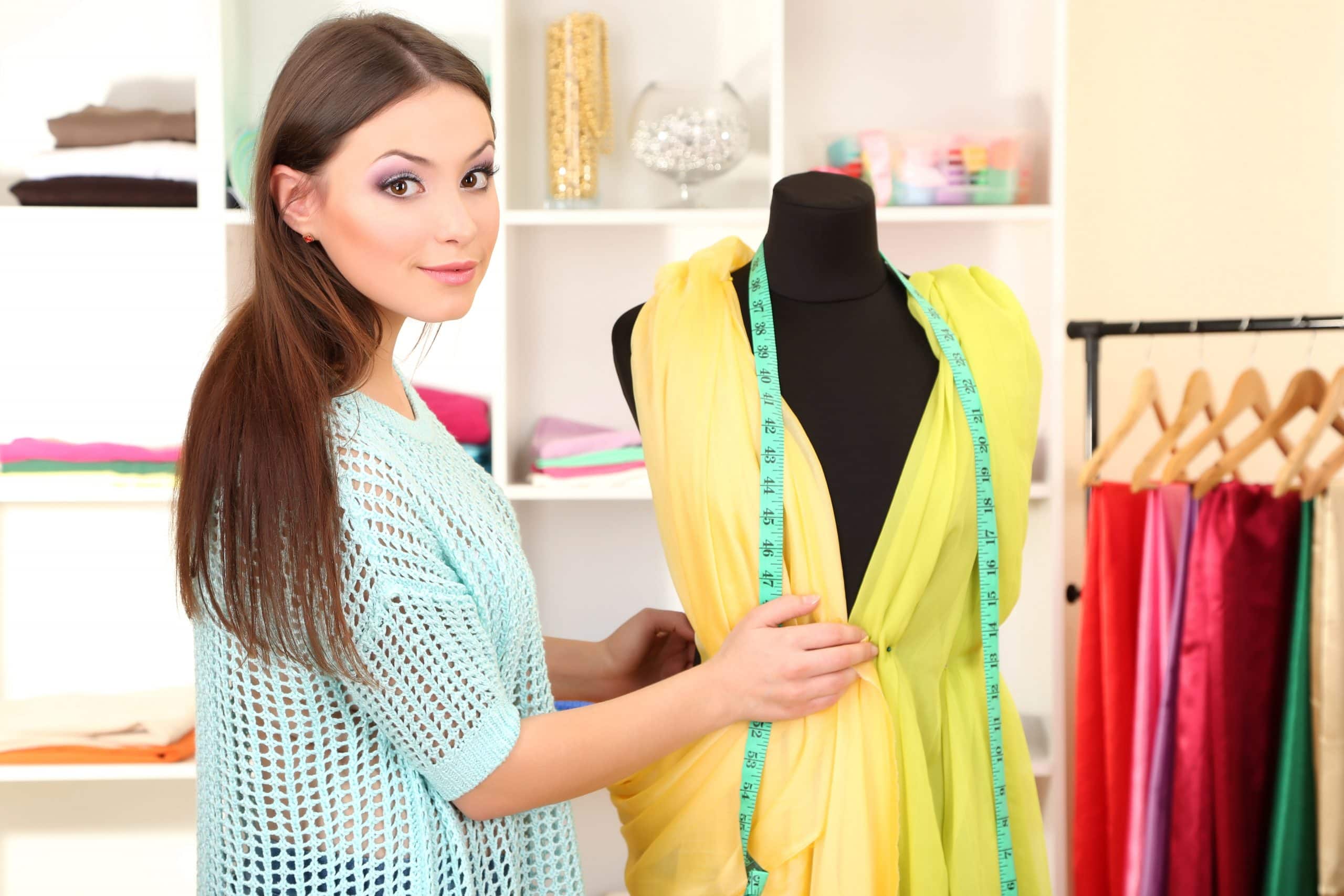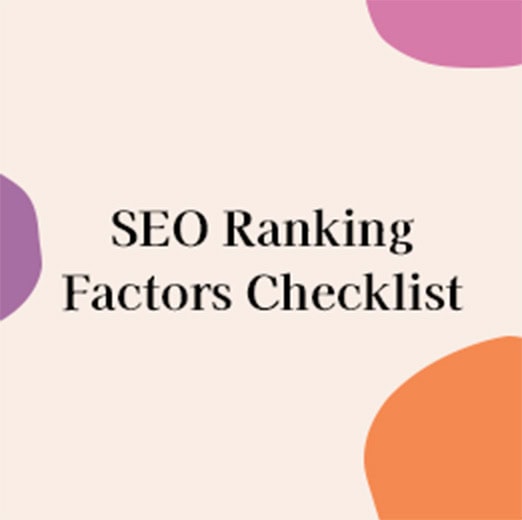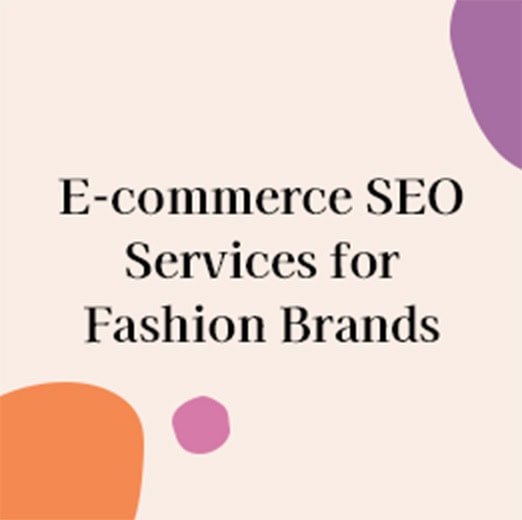The Importance of Planning Ahead: the Product Development Process
Product development is immensely important at all levels of clothing entrepreneurship, whether you’re a small brand or a multi-million dollar company. And yet, many clothing brand owners have no idea how to go about organizing their product development process. As a result, they often fail to meet deadlines, have to delay products shipping to customers, and deal with tons of problems that they could’ve probably avoided.
Today, I’m going to provide you with a blueprint. Whether you’re just starting your clothing brand business or already have an established company, this outline for a product development process will guarantee timeliness and organization.
In fact, this is the same outline I used while I was Product Manager at Reebok, managing the NFL and CFL licensed product lines. Not once did we miss a deadline thanks to our efficient planning and organization.
Let’s get into it!
What is the Product Development Process?
If you’re just starting out as a clothing brand owner, you may not even know what the product development process is.
Put simply, the product development process is the stage between design and production where your idea comes to life. In other words, it’s everything that happens before you deliver your product to your customer.
Here, let’s break it down.
Market Research
Here is where you talk to people that fit your ideal customer persona and ask them questions to validate your business idea. You need to answer these important questions: What’s the reason for your business? Why does it exist? Who is your customer? What do you offer them? What is the problem that you are solving? Is there a need for your product, and what currently exists in the marketplace?
Budgeting and Sourcing
I put budgeting first because it’s so often ignored by clothing brand owners. And later down the line when they’re knee-deep in the business, the lack of a budget comes back to bite them, hard. Make sure you know how to manage your cash flow, know your sources of funding and make a budget because there’s a lot of expenses that go into running an apparel or fashion business!
Then, you can figure out sourcing, that’s determining who your vendors and suppliers will be. That’s about finding a factory who will be manufacturing your products. Also, understanding what materials you’ll need from fabrics to trims to materials.
Vision and Mood Board
Now that you have a budget and have done your market research, it’s time to get creative! Start creating mood boards and start collecting ideas for your products. As creatives and as artists, this is often the most fun and exciting part of the process.
Line Planning
Plan your product lines, including product mix, styles, colours, and more. Figure out what you want to sell and a good place to start is by analyzing previous year’s sales numbers. If you are just starting out and don’t have any sales history, then you’d either need to make an estimate at how many units you think you will sell or test out with some presales.
Sampling
From your product lines, pick out a couple for sampling. Samples are prototypes of the products you’ll want to eventually make part of your collection. Once you get the sample, you may want to change something about it; that’s totally cool! It’s what samples are for. If it’s in your budget, you may want to go through several samples before making a decision.
Costing Grid
Plan the prices for your products. How much do you want to sell your products for?
This step is more than just a logistic step. It also helps you understand your costs and margins of profit for each product. You need to understand how much money you’re making for every item you sell.
Fittings
Similar to the Sampling stage, the Fitting stage is for you to get an idea of how the item fits. Seeing it in pictures and on a mannequin is totally different from wearing it, especially since different people have different body types. Also, figure out what size range you’ll want to sell your clothes.
Tech Packs
Now that you have most of the design process done, start creating your tech packs.
A tech pack is like the blueprint for your design. It tells the factory how exactly you want your designs to be done. How long should your sleeve measurements be? Where should your labels be sewn? How much seam allowance should be in the side seam? A tech pack is a communication tool between you and your factory.
As time passes, your designs may change. If you ever need to edit your tech pack, make sure to note the date of those changes or revisions as well.
Factory Vetting
Look for factories and vet them to make sure they can meet your standard of production. If you can, it’s best to visit them in person. Have a look around and see what types of products they specialize in making. There are plenty of options, both domestic and offshore. Find one that meets your needs.
Pre-Production
This is probably the most complex step. Everything you have done has led up to this point. Here is where you’ve finalized your decisions on sampling, fitting, and design, and now you’re ready to start production. This step may sound easy, but you actually need a lot prepared. And if you followed the steps I listed properly you can avoid running into issues at the production level when it comes to getting your designs made.
You need to have your fabrics ordered and ready (unless the factory is ordering fabrics on your behalf). You should also have all your labels and hangtags ready. You also need to grade the sample size set. During the fitting stage, you may have an idea of how one size fits, but you need to ensure that your entire size set fits the way you want it to.
If you have all these things ready, then you can hand the materials off to your factory and begin the Production stage
Production
This is the only step that’s out of your hands, but you still need to understand lead times for this stage of the product development process. I’ll elaborate on this later.
Quality Control
While the factory should be doing its own checks, make sure that you’re on top of things too! Ask for approval samples or TOPs (top of production), which are samples taken from the first run of products. If there’s anything wrong with these samples, then you can nip those problems in the bud before your whole order is ruined!
Shipping
The shipping can be handled either by you or a 3PL- third-party logistics company. However, you do need to understand lead times, and I’ll elaborate on this—along with production lead times—later.
Delivery
Once you get your order, now it’s ready to be shipped to the customer! Hurray! You made it!
Planning Your Product Development Process
As you can see, the product development process is not easy at all. It can take a very, very long time. Usually for a new brand starting from scratch this takes about 8 months to a year. Without the proper planning, you might not get everything done on-time or the way you want it.
But the solution to this problem is actually quite simple: make a calendar!
I cannot stress the importance of calendars and timelines enough. They have helped me and every brand I’ve worked at stay on top of things and meet deadlines. Having a visual diagram of the work you need to get done is extremely helpful, no matter how simple it may seem.
Product Development Calendar
Start with a calendar of the year. September is usually the busiest time for factories. So, depending on lead times (usually 3 months, but I’ll discuss this later in more detail), you should be ready to place your orders with the factory by June.
That means that if you want to launch your clothing brand’s next collection by Fall 2022, you need to have everything up until the Pre-Production stage of your product development process done by June 1st. A lot sooner than you might’ve imagined, yeah?
Here is another point I cannot stress enough: give you and your factory buffer time! Who knows what could go wrong? What if your approval samples don’t look the way you want them to? Or what if there are delays in shipping? Always, always, always allow some buffer time.
Product Development Timeline
Here’s another simple but effective tool I used to help me with the product development process. The Product Development Timeline is like a reverse calendar, where you would start with the key deadlines such as your delivery, production start date, and sample approval deadlines.
The timeline should include the following:
- Date: when this task needs to be done by
- Action: what needs to be done
- Owner: who needs to complete this task
- Objective: what the result of the Action should be
- Notes: any additional comments
- Status: is the task in the works or finished?
Having a timeline like this will help you understand the tasks at hand.
By using the calendar and the timeline, you’ll be way more organized and you’ll never miss another deadline. But like I said, always give yourself buffers!
Production and Delivery Lead Times
During the production and shipping stages, you’re essentially relying on the factory to do their job. If you’ve vetted your factories correctly, then you shouldn’t have to worry too much, although doing quality control is still an important step.
Here, you’re essentially just waiting, but how long do you need to wait for?
Production lead times
Knit Fabrics: 75-90 days for the factory to develop and manufacture
Woven fabrics: 120-150 days for the factory to develop and manufacture
Sampling: 15 days if fabric is available; if unavailable, depends on fabric ordering time
Delivery lead times
By sea: 30-45 days
Air courier: 4-5 days
Air freight: 7-10 days
For delivery times, be sure to consult a customs broker for a more accurate transit time. Of course, faster delivery times will cost more, so depending on your budget, make sure you give yourself enough time to deliver your products to your customers.
And as always: add buffers!
Congratulations! You now know the product development process through and through! If you follow these strategies and use the tools outlined above, I guarantee that you won’t ever miss a deadline, especially if you add buffers!
Starting a clothing brand can be scary, and it can seem like a lot of work. But if you stay organized and focus on your goal, I believe that you’ll be able to build a brand you truly love.
Now, go ahead and get started on your product development and production process! You have a wonderful brand to grow!
If you are looking for a fashion design business consultant book your call with me: https://calendly.com/glynistao/book-a-call




